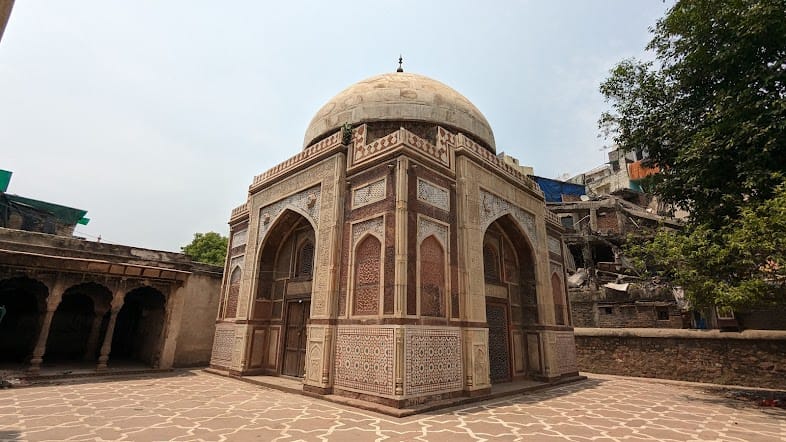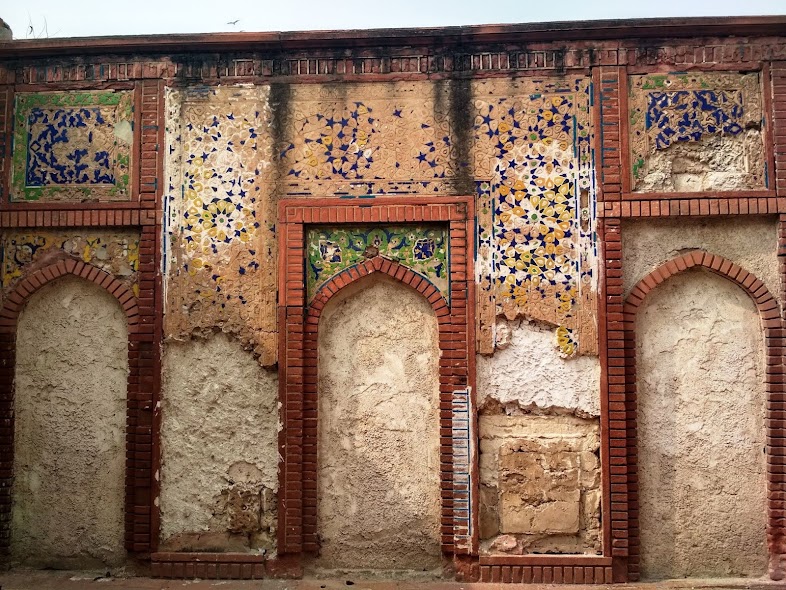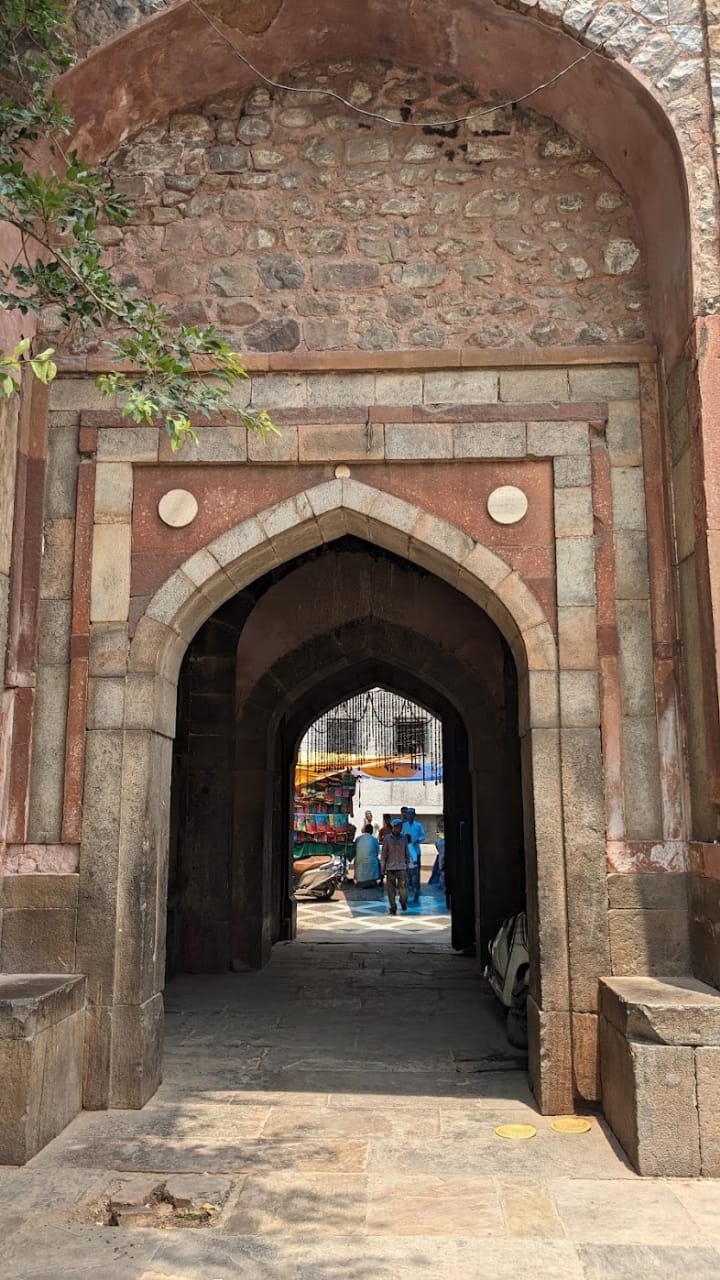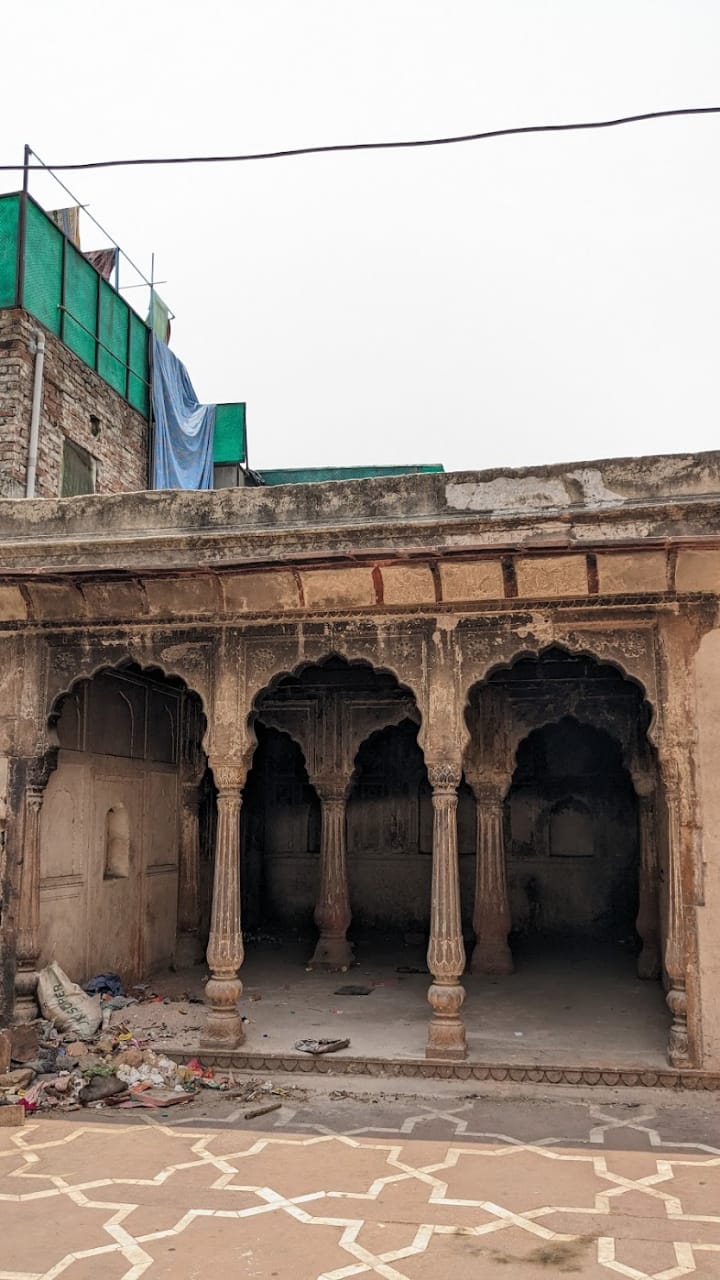



The Tomb of Ataga Khan is a significant monument from the Mughal era, located in the Nizamuddin area of Delhi, India. It holds both architectural and historical importance. Here's some key information about the tomb and its establishment: Who was Ataga Khan? Ataga Khan, born Shams-ud-Din Muhammad Khan, was a high-ranking nobleman and a prominent figure in the Mughal court during Emperor Akbar's reign. He served as Akbar's wakil (prime minister) and held a position of great trust and responsibility. He was also the foster father of Akbar's son, Prince Salim (later Emperor Jahangir). In 1562, Ataga Khan was murdered by Adham Khan, a rival noble, which led to significant political upheaval in the Mughal court. Akbar avenged his trusted advisor's death by having Adham Khan executed. Establishment of the Tomb Construction Date: The tomb was built in 1566, shortly after Ataga Khan's death, under the orders of Akbar, who wished to honor his memory. Architecture: The tomb reflects early Mughal architecture, blending Persian and indigenous styles. It is made of red sandstone and decorated with intricate carvings and tile work. The dome is topped with a chhatri (a small, domed pavilion), typical of Mughal funerary architecture. Location: It is situated within the historic Nizamuddin area, near Humayun's Tomb and other important Mughal-era structures. The location was chosen due to its significance as a spiritual and elite burial ground. Architectural Features: Octagonal Design: The tomb is octagonal in shape, a common style for Mughal noblemen’s tombs. Ornamentation: It has beautiful tile work, floral patterns, and calligraphy, characteristic of Mughal architecture. Double Dome: Like many Mughal tombs, it features a double dome, enhancing both the visual impact and the acoustics inside the structure. Historical Context: Ataga Khan's tomb serves as an important reminder of the political dynamics in Akbar’s court and the loyalty that Akbar valued among his courtiers. It also illustrates the Mughals' approach to honoring their nobles with grand, architecturally significant tombs. The tomb, though less well-known than others from the Mughal period, holds significant historical value in the story of Akbar's reign. It is part of a larger group of tombs and monuments in the area, many of which are associated with prominent figures of the Mughal era.